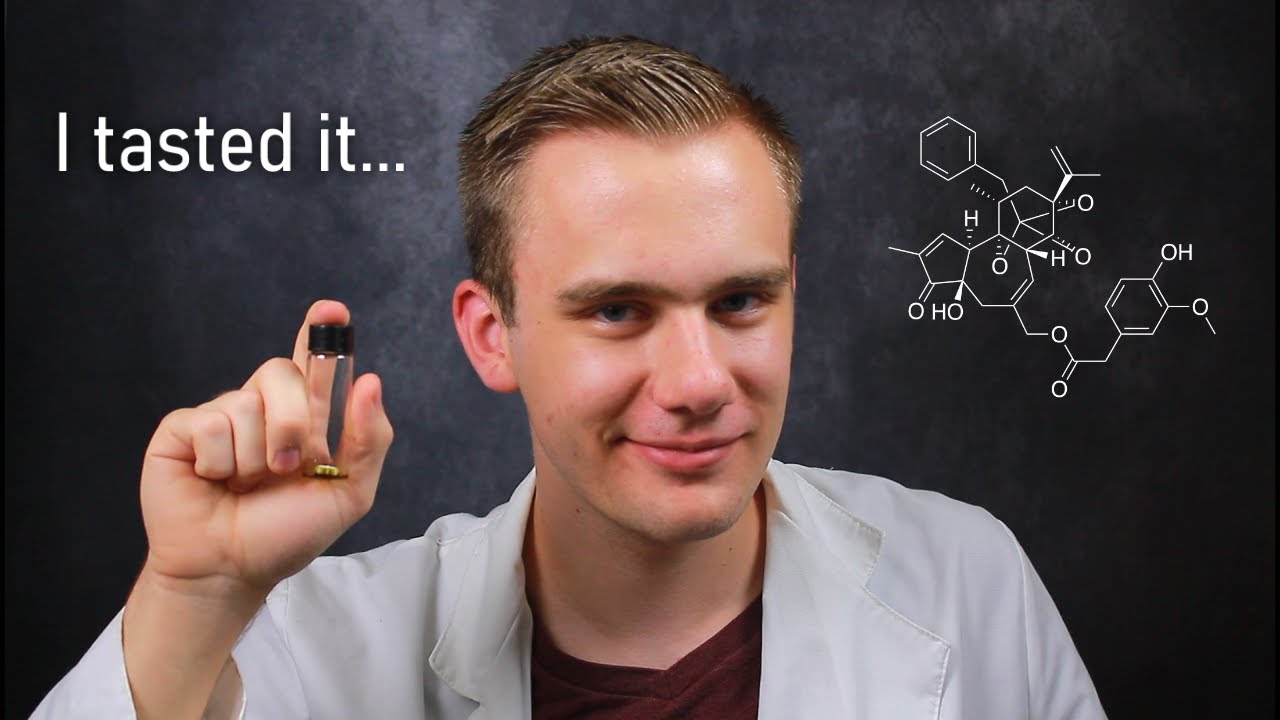The Scoville scale is used to measure the “heat” of chili peppers, hot sauces made from them, and other foods containing capsaicin and capsaicinoid molecules which stimulate the heat receptors in the tissue of mammals (but not, interestingly, birds) and give hot food its kick. The Scoville scale was originally defined as an organoleptic test in which the heat was defined as the dilution of an extract from the pepper by sugar water at which five trained testers could not detect the presence of the pepper extract. Today, the test is usually performed with high-performance liquid chromatography (HPLC) measurement of the capsaicin content of the pepper or food.
On the Scoville scale, Tabasco sauce comes in at 2500, Jalapeño peppers between 2500 and 8000, Habanero peppers between 100,000 and 350,000, and the Carolina Reaper pepper above 1.5 million. Police grade pepper spray is between 2.5 and 3.5 million, and pure capsaicin (dissolved in oil, as it is insoluble in water) scores 16 million Scoville heat units.
But these are all capsaicin-based heat. Are the other molecules that are hotter? You bet there are! Resiniferatoxin, a molecule produced by the resin spurge (Euphorbia resinifera) plant found in Morocco, has a Scoville rating of 16 billion, a thousand times hotter than pure capsaicin. What happens if you purify it from plant’s sap and give it the old taste test?
